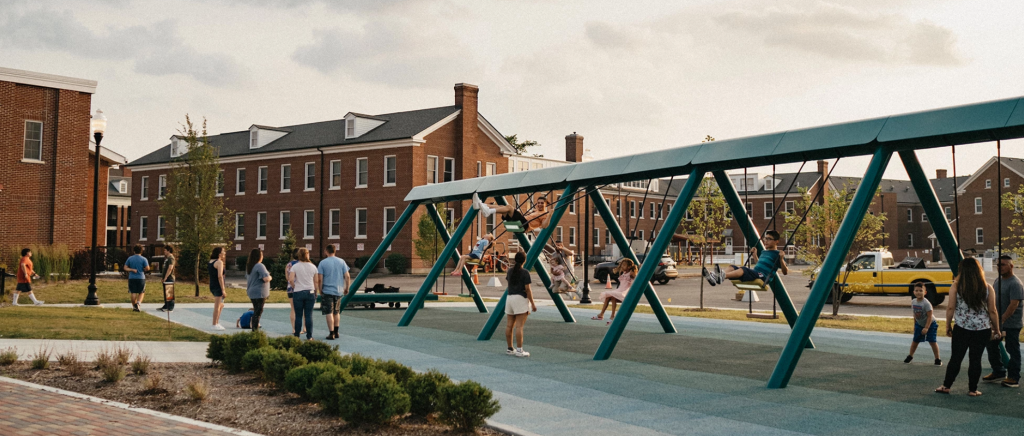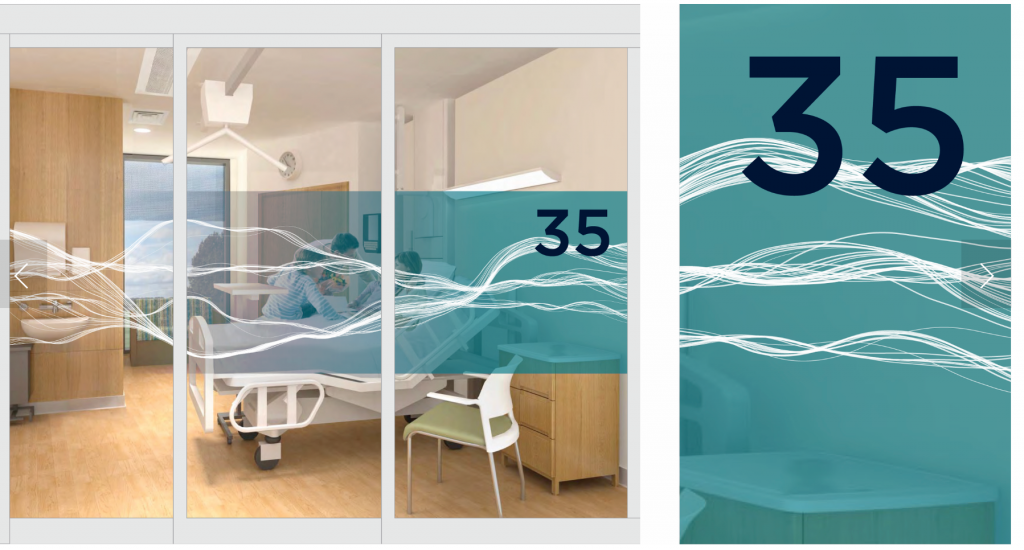I read the article “Women in Media Arts: Does AI think like a (white) man?” by Anna Grubauer. AI is becoming more and more prevalent in our lives. However, this article brings up the societal issue that AI algorithms may be biased even though computers are supposedly supposed to be objective and fact-based. One explanation for this bias discussed could be because algorithms are only as unbiased as the coders who them. But, due to the lack of representation of women as programmers, the algorithms might be biased.
This is important because, as AI starts to be used more and more, we start to trust it with serious matters. In some cases, we cannot afford minor biases, such as when AI is used in predictive studies so AI is used to determine who is hired, offered loans, and make other important decisions (as brought up in the Gender Shades video in the article). AI is starting to be used in serious matters that have the ability to drastically impact people’s lives. If the AI is biased, it could have negative consequences on real people’s lives.
URL:
https://ars.electronica.art/aeblog/en/2020/04/10/women-in-media-arts-ai/
![[OLD SEMESTER] 15-104 • Introduction to Computing for Creative Practice](https://courses.ideate.cmu.edu/15-104/f2022/wp-content/uploads/2023/09/stop-banner.png)

